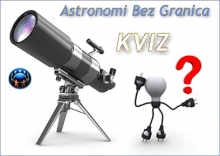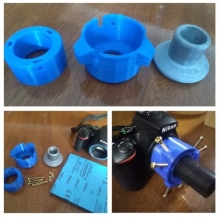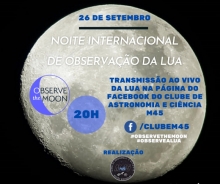
Arches National Park in Utah is part of the area that makes up the Colorado Plateau. Photo credit: Jacob W. Frank/NPS.
As part of the National Park Service Call to Action, the agency is leading an effort to establish landscape–scale conservation of dark skies that are free from light pollution. The Colorado Plateau includes 130,000 square miles of western Colorado, northwestern New Mexico, southern and eastern Utah, and northern Arizona.
The area is sparsely populated, has minimal impact from outdoor lighting, and has a high percentage of public land ownership, resulting in an ideal place for launching this novel conservation effort. The voluntary effort links citizens, communities, tribes, businesses, and state and federal agencies in a collaborative effort to protect natural darkness for people and wildlife. The impetus for the Cooperative was driven by the popularity of public stargazing programs, the local tourism economy, and a sense of community pride in this natural and cultural heritage.
Starry nights are a resource of critical importance to the region’s natural and cultural heritage and tourism industry, drawing visitors from around the world. The Cooperative knits a rugged and picturesque region in the celebration of a resource that has broad appeal. Envisioned is a landscape where exemplary outdoor lighting protects the fragile lightscape and inspires the public to join in its stewardship. Darkness also protects nocturnal species and preserves ecosystem integrity. The Dark Sky Cooperative relies on shared principles, a community support network, and commitments from public land managers and municipalities.
The view of the night sky is a natural and a cultural heritage that has become rare in the United States. Benefits span cultural, scientific, health, economic, ecological, and scenic values. Public pride in starry skies complements the region’s existing image that includes pioneer heritage and spectacular geology.
In the three years since the Cooperative’s inception, the number of people who participate in stargazing programs has risen sharply. Through media articles, astronomy festivals, and a growing collection of imagery and art that highlights the beauty of the night, Colorado Plateau residents and businesses are finding reasons to keep the skies dark. Sensitivity to the dark sky resource is starting to be discussed with regards to street lighting, visitor centers, and energy development.
The Dark Sky Cooperative helps reduce energy use, preserve habitat for nocturnal wildlife that depend on natural darkness, and boost local economies. The area is further recognized for its night skies, adding to the region's existing tourism values, and producing a tangible incentive to curtail unnecessary outdoor lighting.
Retaining the view of the cosmos also has cultural benefits by maintaining the context of ancient cultural resources, the historic fabric and charm of small towns, and encouraging a contemporary human connection with the stars. The National Park Service is one of many agencies and organizations that recognize the importance of this initiative.
The Dark Sky Cooperative encourages community–based landscape–scale approaches to conservation to solve today's land management challenges. Without action, growing population and new lighting technologies are likely to impact one of the last great sanctuaries for starry skies in the U.S.- the Colorado Plateau. For more information, please contact Nate Ament at [email protected].
 Nate Ament is working to keep our night skies dark as the Colorado Plateau Dark Sky Cooperative Coordinator. He serves as a night sky educator and ambassador to 30+ parks and over 75 public, private, and non-profit partners across the region. Over the last 16 years, Nate has been a biological researcher, natural resource manager, and environmental educator across the western U.S. and internationally. He vividly remembers watching a brilliant fireball from high in the Andes on one of the darkest nights in his memory.
Nate Ament is working to keep our night skies dark as the Colorado Plateau Dark Sky Cooperative Coordinator. He serves as a night sky educator and ambassador to 30+ parks and over 75 public, private, and non-profit partners across the region. Over the last 16 years, Nate has been a biological researcher, natural resource manager, and environmental educator across the western U.S. and internationally. He vividly remembers watching a brilliant fireball from high in the Andes on one of the darkest nights in his memory.





























